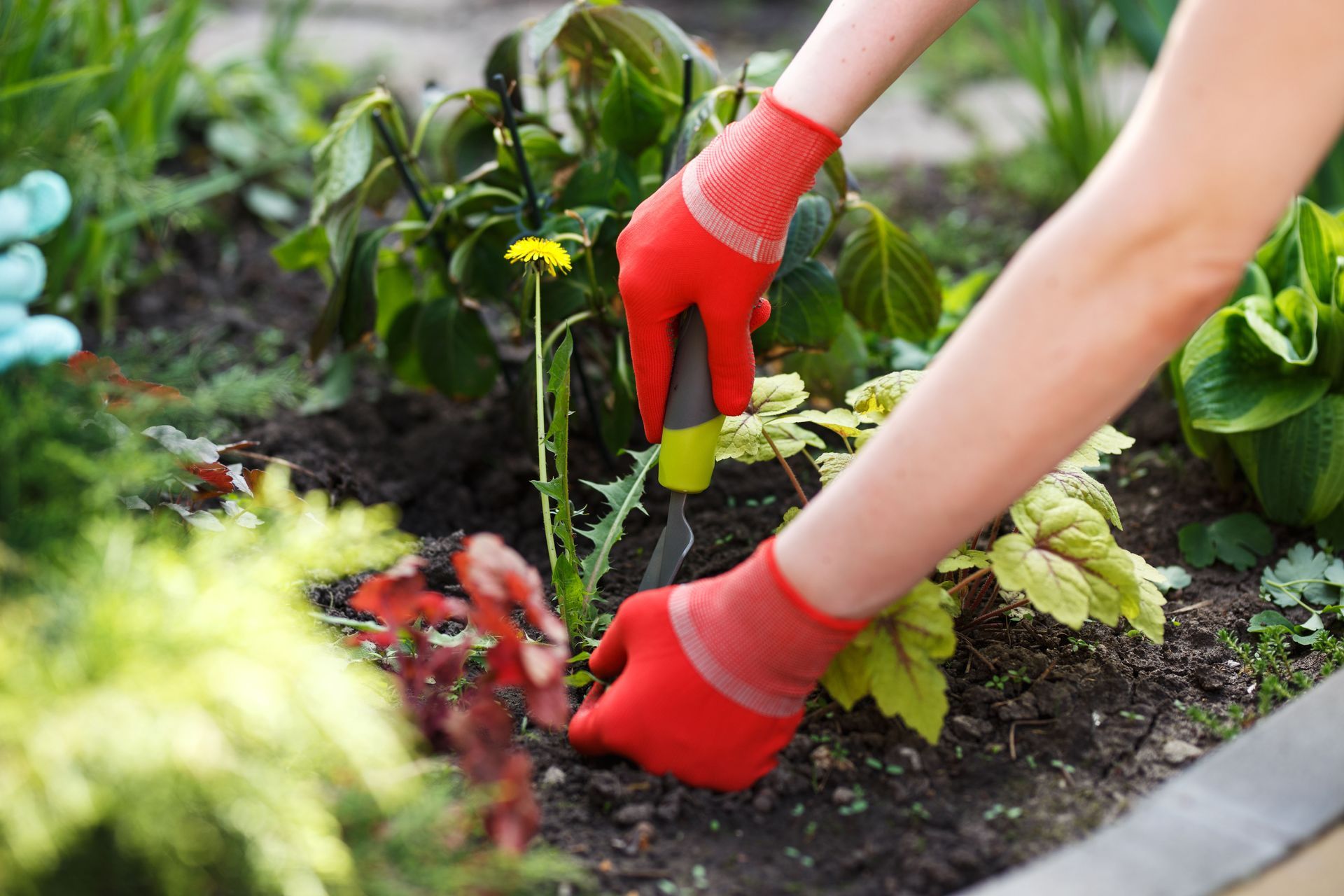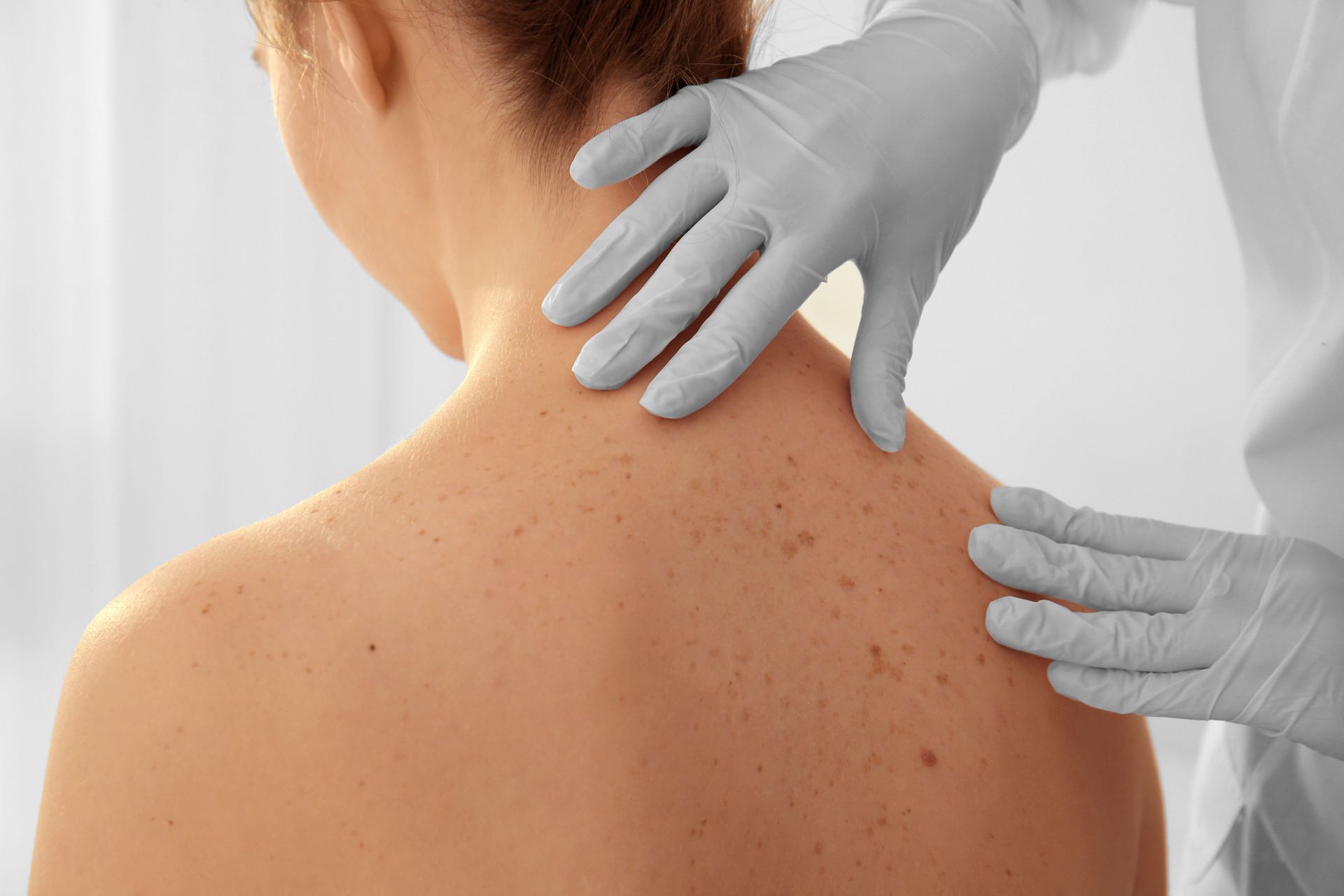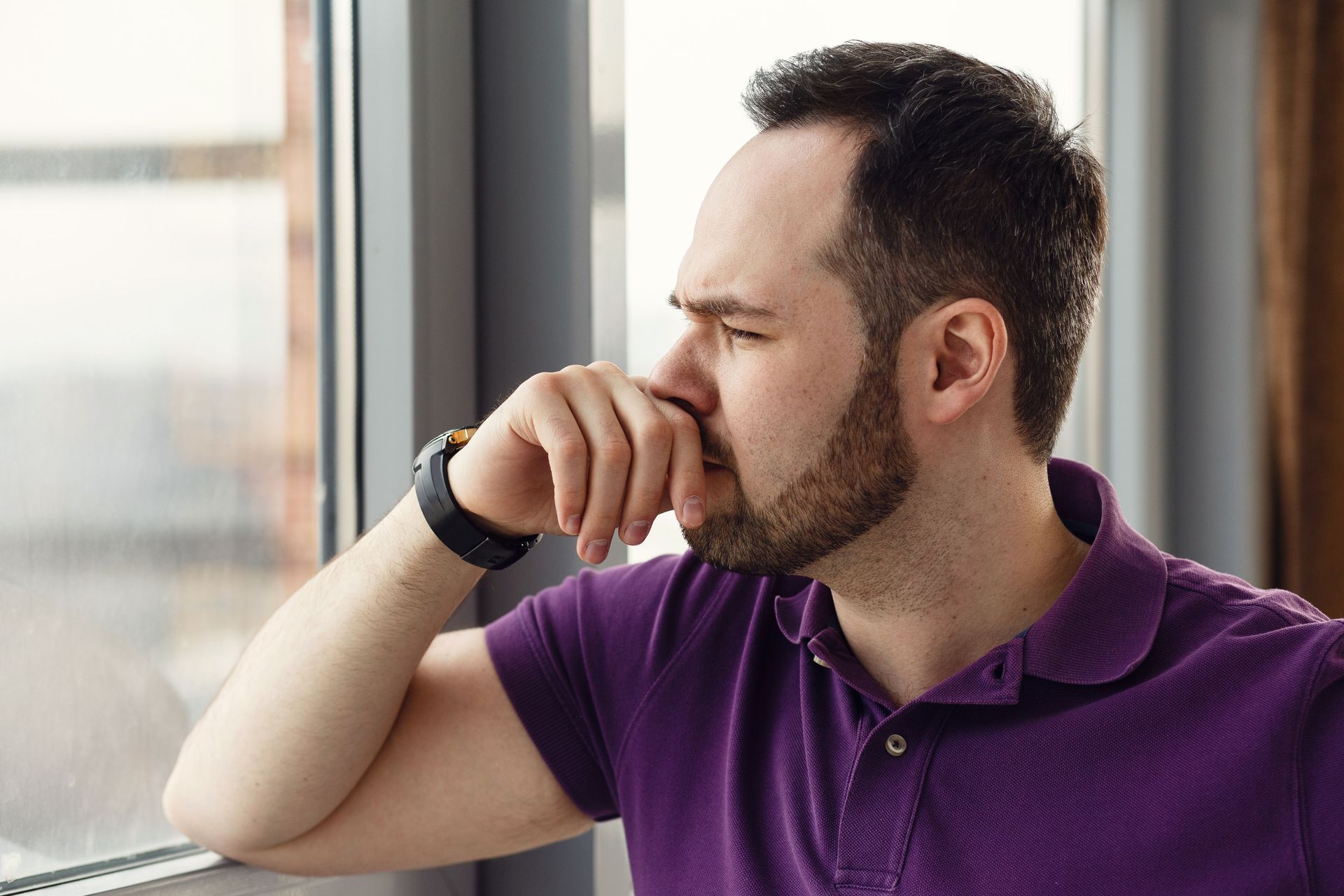How Long Does It Take for Skin to Heal After Radiation?
What to Expect and How to Support Your Skin’s Recovery
Radiation therapy can cause visible skin changes—like redness, peeling, and dryness—that often linger even after treatment ends. Many patients wonder how long it takes for their skin to return to normal and what they can do to speed up healing. While every patient’s experience is different, there are some general timelines and proven skincare practices that can support recovery.
Typical Healing Timeline After Radiation
Most radiation-related skin side effects begin to improve within a few weeks of completing treatment.
Here’s a general overview:
- Week 1–2 Post-Treatment: Redness, peeling, and dryness may persist or temporarily worsen as skin cells continue to respond to radiation exposure.
- Week 3–4: Skin may begin to feel less tender, and redness may fade. Dry patches and peeling should start to improve with proper hydration.
- 1–3 Months: With consistent care, most skin irritation resolves. Some individuals may still experience mild sensitivity or discoloration.
- 3+ Months: For those with deeper damage or prolonged treatment, healing can take longer. Ongoing hydration and gentle care are key to full recovery.
Factors That Influence Healing Time
Several factors can affect how quickly your skin recovers:
- Location of treatment
- Dose and duration of radiation therapy
- Your skin type and overall health
- Consistency of your skincare routine
Patients with sensitive skin or preexisting conditions like eczema may require extra time and care.
How to Support the Healing Process
Stick to a Gentle, Consistent Routine
Daily cleansing with a mild, non-stripping cleanser and regular moisturizing are foundational. Avoid switching products too often, as this can disrupt healing.
Use Products Designed for Radiation Recovery
Kureology M.D. specializes in skincare products formulated to support healing in radiation-treated, sensitive, and eczema-prone skin. Their deeply hydrating, fragrance-free formulas help restore the skin barrier and reduce inflammation.
Protect Your Skin From Further Damage
Even after radiation ends, your skin remains vulnerable. Use SPF daily, avoid harsh exfoliants, and wear soft clothing to prevent friction.
Stay Hydrated and Nourish from Within
Drink plenty of water and maintain a diet rich in antioxidants, vitamins A, C, and E, and omega-3 fatty acids to support the body’s natural healing processes.
When to Seek Medical Advice
If you experience worsening pain, open sores, signs of infection, or your skin doesn’t improve after several weeks, contact your healthcare provider. You may need prescription topical treatments or a referral to a dermatologist.
Healing Takes Time—But You’re Not Alone
Skin recovery after radiation is a gradual process, but the right care can make a significant difference. Kureology M.D. offers expert-formulated solutions for compromised skin, and their team is here to help you navigate post-treatment skincare with confidence and comfort.





Share On: